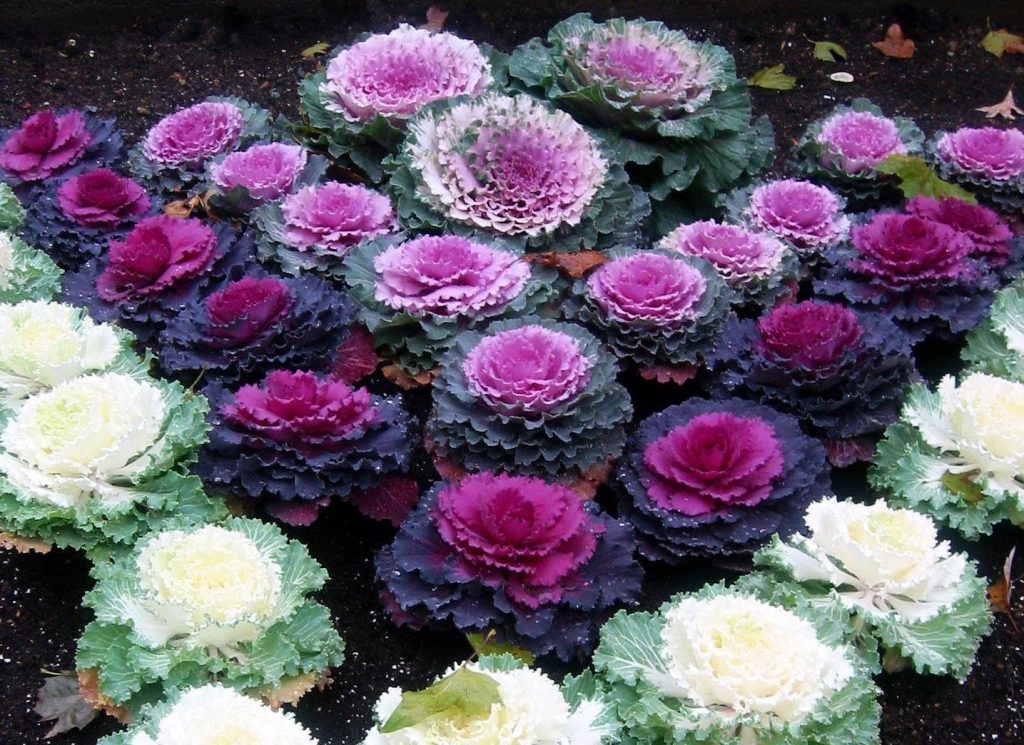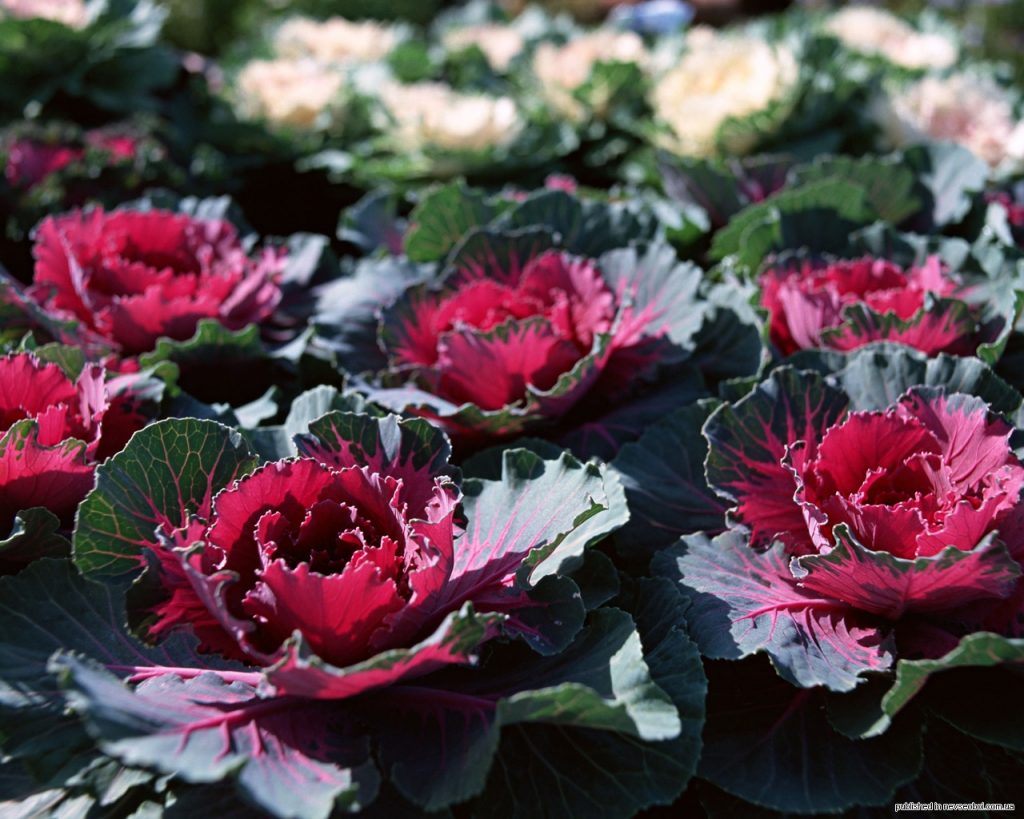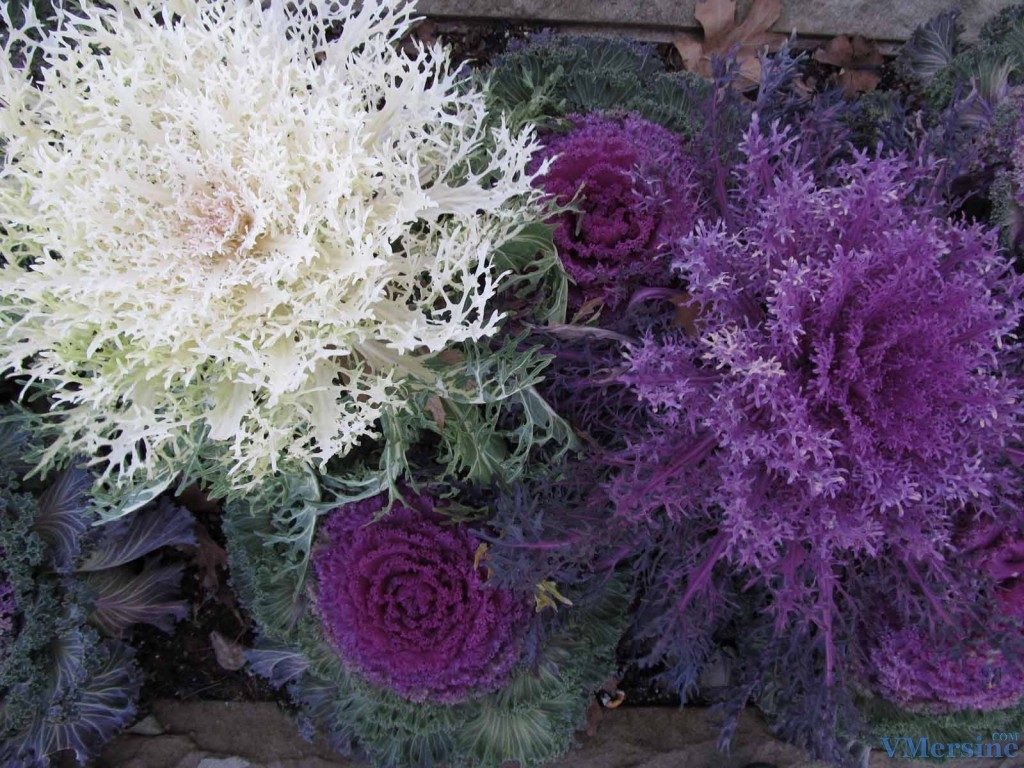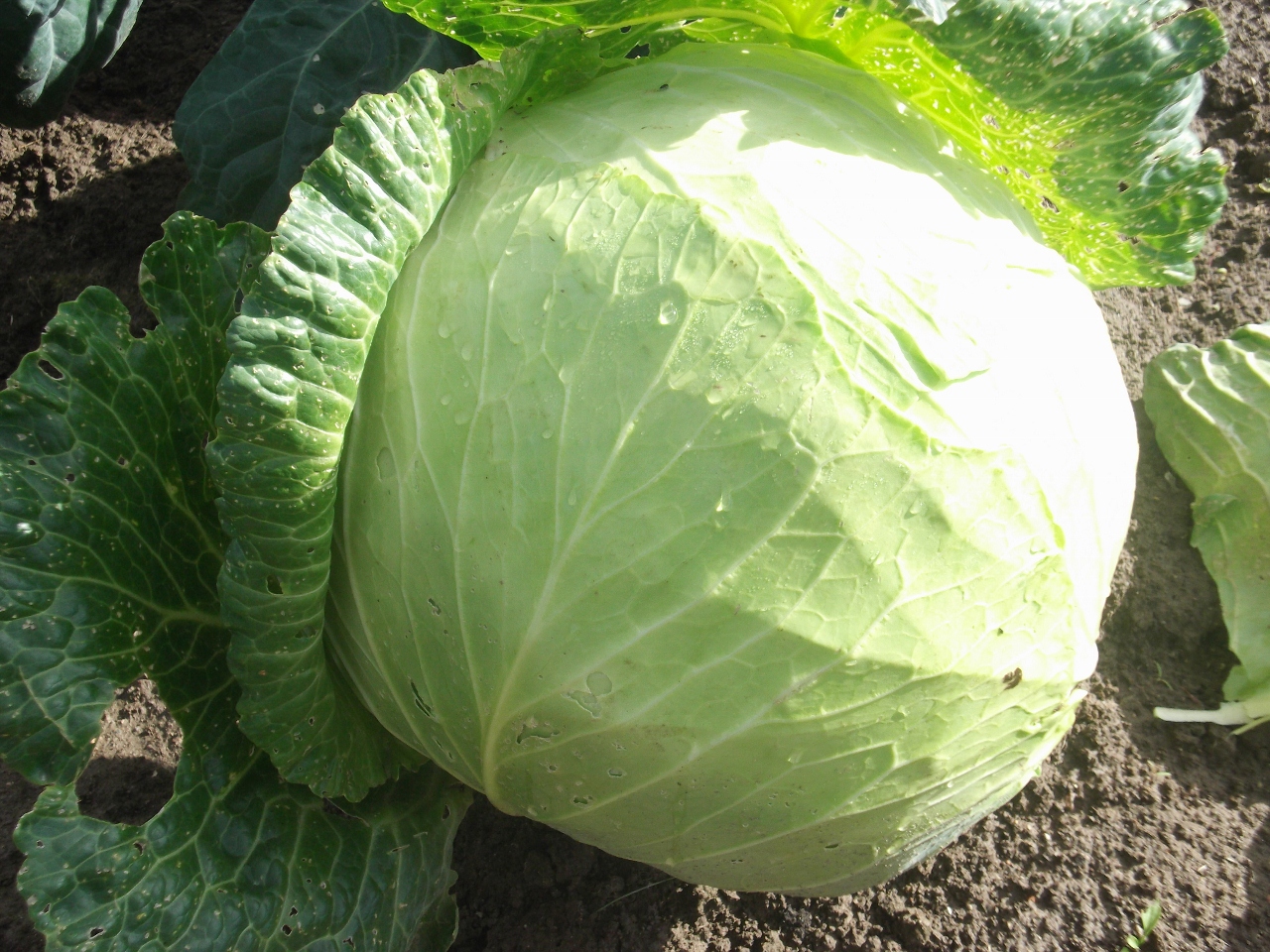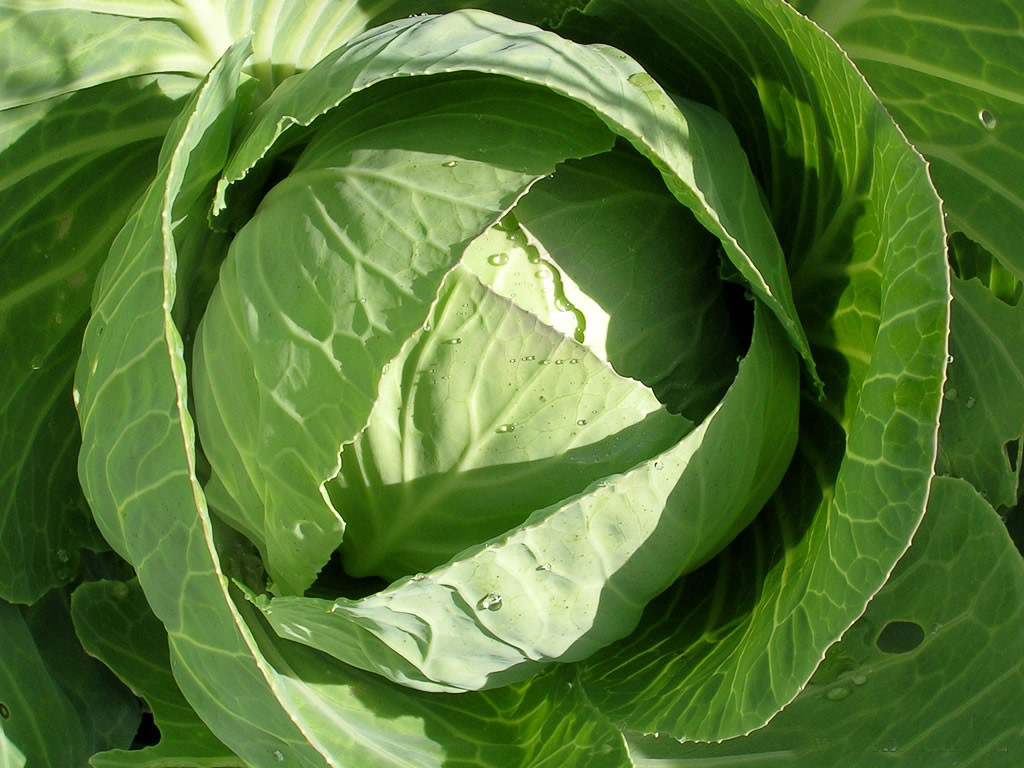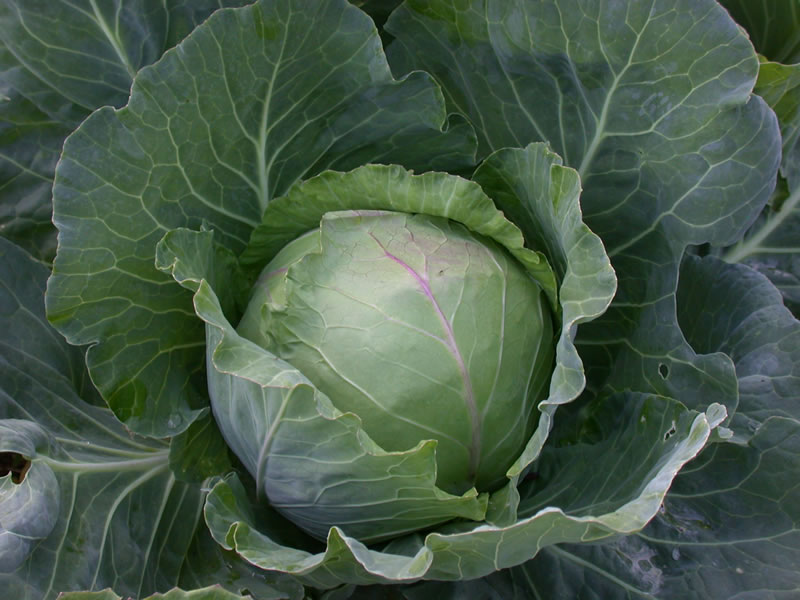Content:
Among the huge variety of flora, the Cabbage (Cruciferous) family stands out for a wide variety of species, varieties and forms. In addition to the well-known nutritional and medicinal properties of the culture, its decorative qualities are also used.
Characteristics of decorative leafy varieties
Ornamental species differ from the more familiar white cabbage in the color and shape of the leaves. And yet this is a separately distinguished variety that has a number of features:
- The stem is tall, rosette. Tall crops have bizarre shapes that resemble miniature palms and spreading birches. Rosette varieties amaze with their sophistication and tenderness, like wonderful bouquets of roses and peonies.
- The forms of the plant are diverse - columnar, rounded, flattened. This gives great opportunities in the design of the garden plot.
- Colour. The rich color scheme is another advantage in landscape design.
- Leaves are round, flat, feathery, curly, toothed-incised shape with a fringed edge.
- The culture is resistant to cold weather and tolerates frosts up to - 80FROM.
- Ornamental cabbage prefers loamy or sandy loam soils, open areas. It grows in partial shade, but it becomes faded and not so spectacular.
- Propagated by seeds.
Despite the fact that Greece is considered the birthplace of Ornamental Cabbage, the plant thrives in Russian gardens, parks and on the streets with proper care.
Varieties, names and features of growth
More than 50 types of ornamental cabbage are known. It has a two-year development cycle. The first year the plant forms a rosette. Cabbage releases flowers in the second year of growth. During this period, the main sheets lose their brightness and color palette, so it is preferable to use annual plants in landscape design. Almost all varieties can be eaten after pre-processing.
Of the tall varieties, the most popular are:
- Robin - trunk height from 160 cm. Corrugated red-green leaves can be perfectly combined with plants in a flower garden. It will look good in the design of the loggia, gazebo, terrace.
- Cabbage Kai and Gerda is a low variety, only 80 cm.Multi-colored foliage - green and purple. Looks perfect in flowerpots and on borders.
- Variety High red. On a stem of 70-80 cm, bright and large leaves grow. The plant differs from others in its large bush.
- Lark tongue. It stands out among the plants of its group with a high stem (130 cm and above) and spreading, palm-like leaves of different shades of green.
Low-growing rosette varieties popular in the design of garden compositions:
- Sunrise F1. It resembles a miniature rose with a pink and white center. Especially suitable for the decoration of borders, flowerpots. Combines wonderfully in flower arrangements.
- The variety Nagoya white attracts attention with large rosettes, 50-60 cm in diameter. Inside the soft green corrugated leaves, a white velvet core of the same shape flaunts.
- Tokyo. Miniature rosette, 35 cm in diameter. Semicircular tough green leaves frame a corrugated core of pink, white or burgundy.
- Osaka.A variety similar to Tokyo, but taller and larger in diameter.
- Lace frill F1. Its spectacular terry blue-green leaves look great in the garden, especially with the onset of cold weather. The species is considered the best for cutting.
- The peacock bushes resemble the feathers of this exotic bird. Small plants (30 cm), with green carved leaves turning into pink, crimson, pearl-purple colors - they look perfect along the garden paths.
Planting and leaving
As with all cruciferous crops, planting involves two methods:
- seedling;
- reckless.
In the first method of propagation of Ornamental Cabbage, it is important to prepare the seeds for planting. For seedlings, culture is sown in the second and third decade of March:
- treat seeds with Phytosporin for disinfection;
- withstand the seed for a quarter of an hour in hot water, then the same amount in cold;
- seeds are planted in containers with a loose nutrient mixture with neutral acidity to a depth of 1 cm, watered, covered with glass or other covering material, removed for several days in a shaded place;
- when the first sprouts appear, the seedlings are removed for a week in a cooler place in order to prevent it from being pulled out and for hardening;
- the next 40 days before planting in open ground, seedlings are provided with warmth and good lighting.
During growth, seedlings are fertilized twice - with nitroammophos when the first true leaf appears, the second time - two weeks before planting in open ground.
To grow ornamental cabbage in a seedless way, it is recommended to prepare the soil in a special way:
- in autumn by 1 m2 make superphosphate, ammonium sulfate and potassium chloride in a ratio of 50:20:20 gr. accordingly, and 3 kg of compost, they dig everything up and cover for the winter;
- at the end of April, small grooves are made in the soil, they are spilled with water and the seeds are placed to a depth of 1 cm, at a distance of 30-40 cm from each other and sprinkled with earth;
- two weeks after the emergence of sprouts, they are fed with nitrogen-phosphorus fertilizers.
Growing rules and plant care in a flower bed
Ornamental cauliflower, although not demanding in care, will not reveal all its properties and qualities with a lack of attention to it. When growing a crop in a flower bed, you must:
- water the plant regularly;
- provide feeding;
- loosen the soil for oxygen access to the roots and periodically huddle;
- carry out disease prevention;
- protect from pests.
Water for irrigation should be at room temperature. When applying fertilizers, preference should be given to mineral preparations. Nitrogen fertilization is given only for the first few weeks after planting in open ground to accelerate growth and development. In the future, they should be limited. Otherwise, ornamental cabbage will not be multi-colored. Fertilizers are applied every two weeks. The first top dressing can be applied 14 days after planting in open ground. The culture easily tolerates several transplants during the season.
Like all representatives of the Cruciferous, the culture is susceptible to fungal diseases and damage by pests. In these cases, you can use the fungicides Fundazol, Quadris. Spraying with insecticides Bicol, Aktara will scare away cabbage butterfly caterpillars and other insects. From natural remedies for these purposes, you can use dusting with tobacco, mulching with needles, husks of nuts.
How to grow beautiful plants for the garden - tips and tricks
Like any plant, ornamental cabbage has its own little cultivation secrets.A few tips and tricks to help decorate your garden beautifully:
- The culture is propagated by seeds. They can be purchased in the store or obtained after flowering on your site. They do not require soaking, but it is recommended to treat it with a solution of potassium permanganate or any other disinfectant. The cabbage bush blooms in the second year of growth, like a perennial plant.
- If varietal material was purchased for propagation, you can get high-quality seed from it. If initially a hybrid variety was used during sowing, its offspring will grow, but the desired decorative effect and flowering will not be achieved.
To get a beautiful bush culture, it is recommended to sow seeds for seedlings at the end of March. If you plant in a seedless way, that is, you put seed directly into the ground, the plants will not look so impressive and will be much smaller in size. Unstable spring weather conditions will affect.
An excess of nitrogen fertilizers affects the decorative effect of the crop. Adding manure to the soil before planting will have a great effect on the size of the leaves, but the color of the plant will be dominated by green.
Culture properties
Ornamental cabbage can be used to decorate the garden, or you can combine business with pleasure. Almost all varieties of ornamental cabbage can be eaten.
There is a variety of Kale, which is much superior in nutritional quality to white cabbage and cauliflower. It is also known under the name Grunkol, Braunkol, Brunkol. But it is more remembered as kale. It is an annual vegetable plant. It has lacy purple, green leaves on a tall stem. The head of cabbage does not form. It is rich in calcium, vitamins C and K. There are many recipes for preparing a variety of dishes with kale.
Use in landscape design
Five types of culture are used to decorate parks, gardens, and personal plots:
- outlet;
- needle-like;
- cerebral;
- half-cabbage;
- cabbage.
Plants with tall stems look great in single plantings. By combining the size of the rosettes, the color and shape of the leaves, the height of the stems, you can create various ornaments, form flower beds in the form of a circle, and give plantings all kinds of fancy outlines.
The flowers of ornamental cabbage will bring a joyful, carefree and even somewhat bohemian look to the landscape design. A mixture of paints will only emphasize the originality of such a solution. Small yellow flowers will touchingly look with green rosettes and corrugated leaves, when the cabbage has not yet acquired its spectacular color.
The plant blooms in July-August in the second year after sowing. To achieve this, in the fall, you need to cut off all the leaves except the top one, place the cabbage in wet sand and put it in a dry, dark, cool room. And in the spring, plant it in the ground.
Ornamental cabbage combines beauty, taste and benefits, it is definitely worth giving time and space on the site.
